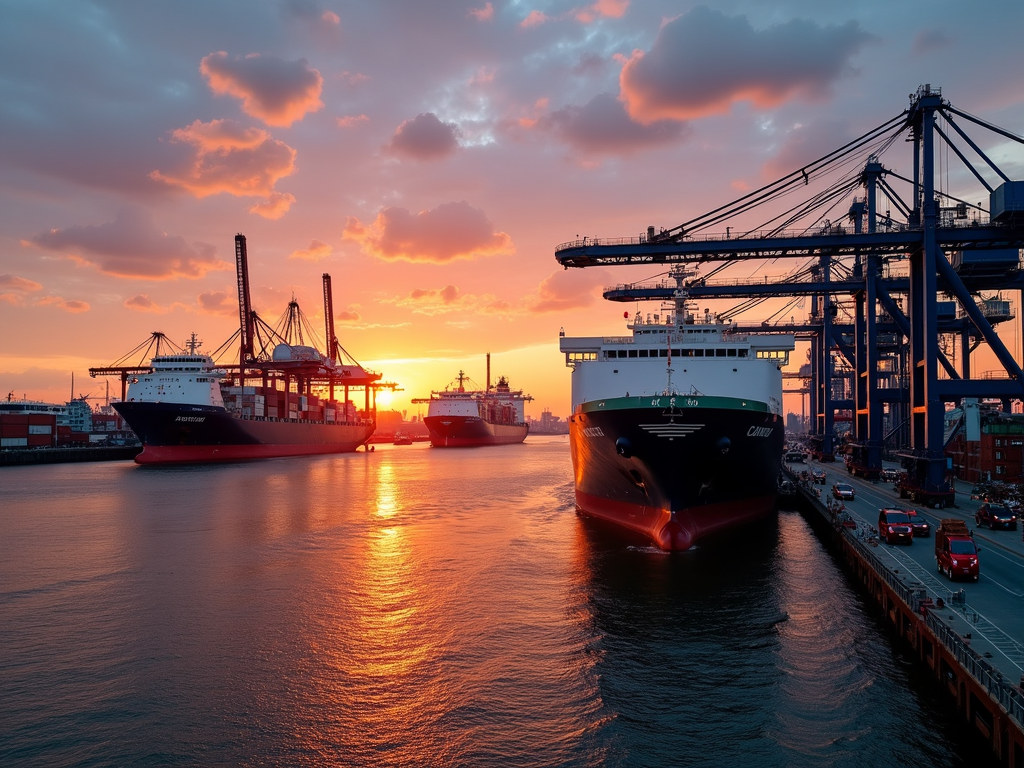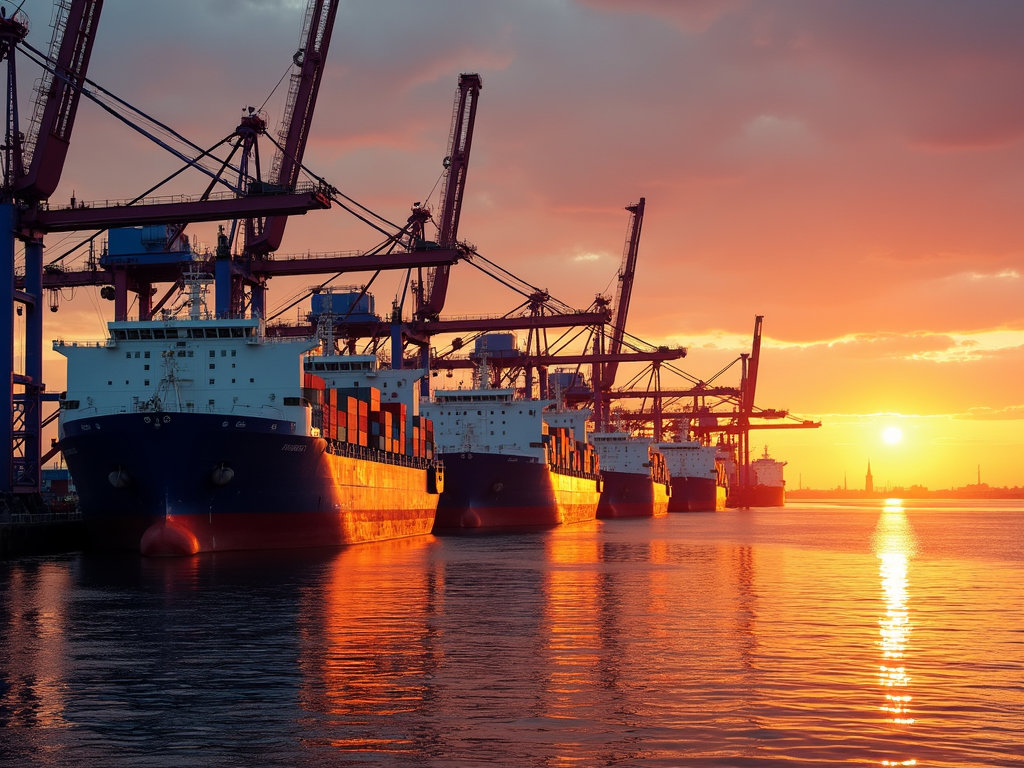The logistics sector is the beating heart of global trade, and both the Netherlands and Singapore play a central role in this domain. These two countries are not only geographic nodes but also centers of innovation and efficiency in logistics. Investors and private stakeholders can benefit from a deep understanding of the differences and similarities in the logistics sectors of these two nations. In this article, we will consider the infrastructures and global trade flows that make these countries prominent players on the world stage.
The Netherlands: Infrastructure as the Pillar of European Trade

The crucial role of the Netherlands in the European infrastructure network illustrates the importance of logistics for global trade. The port of Rotterdam, one of the largest container ports in the world, plays a central role in routing goods in and out of Europe. With state-of-the-art terminals and efficient handling processes, this port serves as an indispensable crossroads for European freight traffic, highlighting why infrastructure is considered the backbone of the economy.
As the global economy continues to evolve, the need for stable and developed infrastructure remains to support global trade. The Netherlands has successfully faced this challenge through strategic alliances, such as the semiconductor coalition. This alliance with other European powers aims to strengthen Europe’s technological sovereignty by promoting the semiconductor industry. In an era characterized by technological disruptions, the Netherlands secures its place at the top of the European economy through such initiatives.
Public infrastructure plays a key role. Investments in digital, transport, and energy infrastructures are not only crucial for the competitiveness of the Dutch economy but also ensure that the country can keep pace with changes in the global market. The Netherlands’ extensive transport network, which includes roads, railways, and waterways, integrates with the function of the port of Rotterdam and strengthens the country’s position as a European logistics hub.
However, the Netherlands faces challenges such as a lack of skilled personnel and strained financial markets, which could hinder infrastructure development. Addressing such issues requires harmonious collaboration between the public and private sectors. Only through strategic investments and solid long-term planning can sustainable infrastructure development be ensured.
Ultimately, it is the combination of state-of-the-art infrastructure, strategic alliances, and the ability to adapt to global changes that makes the Netherlands an indispensable player in the machinery of international trade. It is clear that these factors are decisive for the future economic stability of Europe.
The Strategic Efficiency of Singapore in Global Trade

Singapore embodies a unique synergy between geographic location and efficient infrastructure, making it an exceptional hub of global trade. Strategic geographic location: located at the southern tip of the Malay Peninsula, Singapore provides access to the busiest shipping routes connecting Asia with Europe and Australia. This advantageous location makes the city a central node for the exchange of goods and services, facilitated by the shortest and most efficient maritime routes.
A state-of-the-art infrastructure further places Singapore in a privileged position. The port of Singapore is one of the largest and most efficient in the world, with impressively high traffic volume and cutting-edge logistics technology ensuring precise and rapid processes. Together with Changi Airport, a major hub for international air traffic, Singapore offers a comprehensive transport platform that seamlessly supports cross-border trade.
Economic efficiency is a key feature of Singapore’s growth and appeal to international companies. The country’s liberal trade policy, combined with low taxes, creates a dynamic business environment, reinforced by a highly educated population. This not only attracts capital flows but also promotes sustainable investments in innovation and technology.
The developed financial sector also contributes to Singapore’s attractiveness. With a wide range of services from private banking to wealth management, the country establishes itself as a center of international financial significance. Political conditions favor entrepreneurship and quickly adapt to changing global market conditions.
Advances in innovation and technology underscore Singapore’s determination to play a leadership role as a Smart Nation. Through targeted initiatives and investments in research and development, competitiveness is further enhanced, and the quality of life for the population is consistently improved.
Overall, the combination of a strategically advantageous location and impressive efficiency makes Singapore a preferred location for global business and investment activities. These unique characteristics allow the country to establish itself as a stable and innovative player in a dynamic market environment.